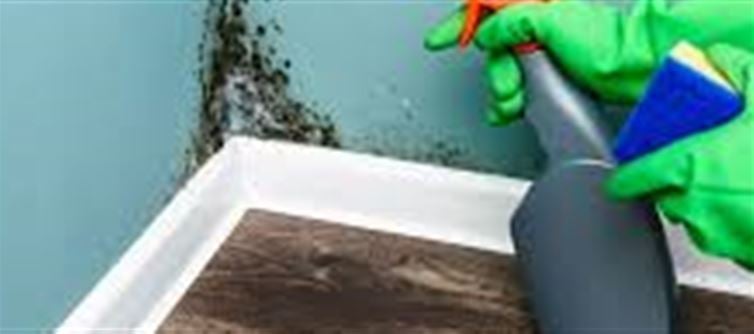
The monsoon season brings freshness to the air, but also high humidity, which creates the perfect environment for mold, fungus, and bacteria to thrive—especially in the kitchen pantry. Mold not only spoils food but can also pose health risks. By following a few simple steps, you can keep your pantry clean, dry, and safe during the rainy season.
1. Keep Everything Dry and Airtight
Moisture is the main reason mold grows in the pantry. Always store cereals, flours, pulses, and snacks in airtight containers made of glass or high-quality plastic. Wipe containers before sealing them, and never use damp spoons to scoop items.
👉 Pro Tip: Add a few dried neem leaves or bay leaves inside rice and flour jars—they naturally repel pests and absorb moisture.
2. Improve Ventilation
A poorly ventilated pantry traps humidity, which encourages mold growth. Keep your pantry doors slightly open for a few minutes daily or install a small exhaust fan or dehumidifier to maintain airflow.
👉 Pro Tip: Silica gel packets or moisture-absorbing crystals work well for small pantry shelves.
3. Check and Clean Regularly
Don’t wait for mold to appear. Once a week, wipe down shelves with a cloth dipped in white vinegar solution (1 part vinegar + 2 parts water). Vinegar’s antifungal properties prevent mold from settling.
👉 Pro Tip: Always dry the shelves completely before restocking groceries.
4. Buy in Small Quantities
During monsoons, it’s better to buy staples like rice, flour, and lentils in smaller batches. Bulk storage increases the risk of dampness and insect infestation. Rotate stock using the first in, first out (FIFO) rule so older items get used first.
👉 Pro Tip: Label containers with purchase dates to avoid forgotten, mold-prone items at the back.
5. Use Natural Anti-Fungal Helpers
Certain natural ingredients help keep moisture and mold away:
- Turmeric: Add a pinch in storage jars of flour or grains.
- Cloves: Place a few cloves in sugar or spice containers.
- Rock Salt: Keep a bowl of rock salt on shelves to absorb excess moisture.
👉 Pro Tip: Replace these natural absorbers every 2–3 weeks for maximum effectiveness.
🌟 Final Word
Monsoon mold in your kitchen pantry is preventable with simple hygiene and moisture-control practices. By keeping food items airtight, cleaning shelves often, improving ventilation, and using natural mold-fighters, you can enjoy the season worry-free while keeping your kitchen safe and fresh.
Disclaimer:
The views and opinions expressed in this article are those of the author and do not necessarily reflect the official policy or position of any agency, organization, employer, or company. All information provided is for general informational purposes only. While every effort has been made to ensure accuracy, we make no representations or warranties of any kind, express or implied, about the completeness, reliability, or suitability of the information contained herein. Readers are advised to verify facts and seek professional advice where necessary. Any reliance placed on such information is strictly at the reader’s own risk.
.jpg)




 click and follow Indiaherald WhatsApp channel
click and follow Indiaherald WhatsApp channel